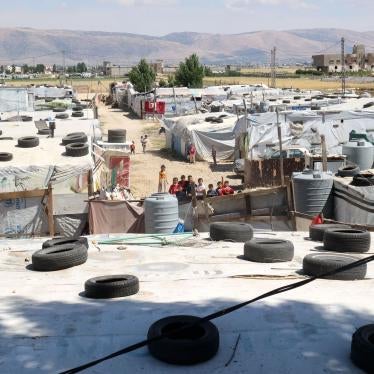Cyryna Pasion, a transgender girl, landed in a detention center in Hawaii as a young teenager after family tensions over her sexual identity caused her to run away from home. She was first held with girls, then transferred to the boys' unit. There her life was a nightmare. "I was threatened with violence and rape, touched sexually on various parts of my body, and experienced constant sexual harassment," she said.
Staff members either ignored the assaults and harassment or participated in it. She saw other youths sexually attacked and mercilessly taunted in both the girls' and boys' units.
While harrowing, her story is far from unique.
According to the results of a survey-the first of its kind-recently released by the Bureau of Justice Statistics, nearly one in eight youth in state juvenile facilities and large non-state facilities reported sexual victimization by staff or other youth in the twelve months preceding the survey. One in ten reported abuse by staff charged with helping them. Even worse, one in five of the youth like Cyryna who are not heterosexual reported abuse.
In a report on New York's juvenile prisons for girls, Human Rights Watch quoted "Ebony V.'s" description of her sexual abuse by a staff member:
[During the day] he'd come pick me up from the lunchroom ... He took me back to the unit and had sex with me. [At night,] most of the time we went to the schoolhouse right next door to the unit or we went to his office.
Many such stories of abuse were provided to the National Prison Rape Elimination Commission. The Commission's report last June concluded that rates of sexual abuse in all kinds of detention facilities are high, but that they are highest in juvenile corrections facilities.
As mandated by a unanimous vote of Congress in the Prison Rape Elimination Act of 2003, the Commission issued comprehensive proposed standards to prevent, redress and eliminate sexual abuse in all correctional settings, including those for youth. These standards were developed after extensive research, including consultation with hundreds of experts. The recommendations reflect the best thinking and most effective practices from around the country.
Under the 2003 law, the Justice Department has a year from the date the Commission released its recommendations to issue binding standards. Unfortunately, six months on, the Department's intentions remain unclear. It has created a number of additional review mechanisms and inquiries, including a study focusing on the costs-but not the benefits-of the proposed standards, two periods for public comment and a full review by all affected federal agencies. All of this will leave it hard-pressed to meet the deadline.
The Justice Department apparently is paying particularly close attention to the costs of preventing prison rape, but costs already figured heavily into the standards that the Commission proposed.
The Commission understood, for example, that it couldn't require states to build new detention centers with floor plans that would allow better supervision, even though that would reduce sexual abuse. It listened when public officials complained that annual performance audits would be too costly, and proposed audits every three years.
But, as Professor Brenda Smith, a former commissioner, points out, the commissioners "also understood that governments have a responsibility to protect the children and adults they confine." Governments committed to zero-tolerance for prison rape must, for example, screen job applicants to weed out those who should not be working with at-risk youth, ensure appropriate medical and mental health care for children who are raped, and conduct careful investigations when abuse is reported.
Conscience, compassion and concern for human rights require spending the money necessary to eliminate prison rape. From a strictly financial perspective, it may also be cheaper than allowing sexual abuse to continue. The state of Michigan recently agreed to pay $100 million to settle a class action lawsuit brought by women who had been sexually victimized for years by prison staff.
When inmates are injured during the attacks, prison systems pay the medical bills. Many rape survivors suffer long-term trauma that makes it extremely difficult to return to a productive life upon release. Can children, be "rehabilitated" if the legacy of their confinement includes sexual abuse?
When confined children face conditions of sexual abuse on a daily basis, and when sound standards to prevent prison rape have already been developed, the attorney general needs to (and can) move quickly.
Cyryna, then 18, was trying to pull her life together when she testified before the commission three years ago. She ended her story with a plea: "Please help make youth detention centers safer because the sexual abuse and threats I endured truly made my time there a living hell."






